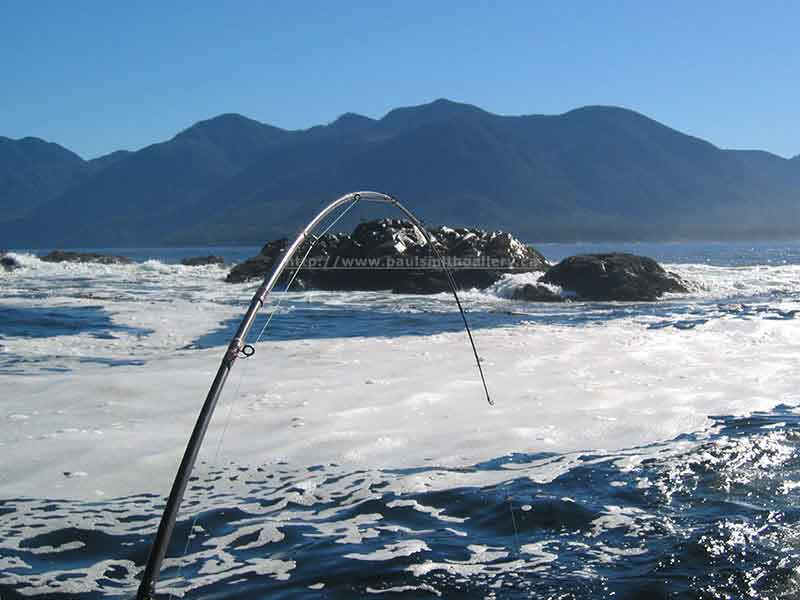
One of the most valuable assets in Nootka Sound is the saltwater fishing that exists today and has existed for decades. Due in large part to the hatchery systems in place in Gold River and Tahsis the fishery is one of the best on Vancouver Island.
Every year thousands of anglers converge on Nootka Sound to partake in a salmon fishery that is renown for its abundance of 20 lb plus salmon. All five species exist in the sound with Chinook and Coho the most predominately sought after trophy fish.
Salmon fishing starts in mid May and runs into late September and sometimes into early October depending on the weather patterns that exist at that time. The peak of the salmon run is from mid July to mid September.
Chinook salmon are the main interest during the peak season with small runs of Coho and Sockeye mixed in. The majority of Chum, Coho, Pink and Sockeye salmon return in the fall months of August through October.
The area has a lot of different styles of businesses catering to the recreational sport fishery including bed and breakfasts, boat in resorts, campgrounds, chalet, drive in rv sites, fly in resorts, high end lodges, marinas, motor inn, rv parks, salmon fishing guides, and some remote cabins with a lease option.
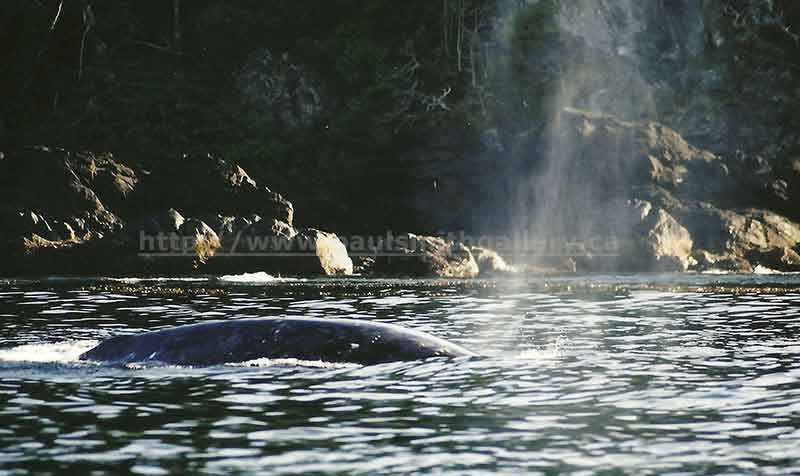
There are a lot of excellent fishing guides available to put you onto that trophy fighting fish of your dreams. Even the scenery while out on the water with its teaming wildlife will astound you while waiting for the bite to come on.
Whales can be spotted off shore while bottom fishing or fishing the migrating salmon grounds along the outer coast. Gray whales, humpback whales, and the ever popular orca’s can be seen regularly throughout the summer months.
Black bears, cougars, deer, mink and even the odd lucky sighting of a wolf is available along the shorelines of the fiords and inlets. At low tide you will almost always see black bears turning over rocks to eat the crustaceans that exist there.
Anglers who come to fish for the mighty halibut and salmon often video unbelievable sightings of eagles swooping down to pluck a fish from the surface of the ocean and even cougar or deer swimming from one point to the next.
All this would not be possible if it were not for the exceptional life of the Pacific Salmon and its endless journey to survive and procreate the next generation of salmonids that have existed on our planet for millions of years.
The History of Salmon
Salmon or “salmonids” as they are also known, are classified as an anadromous species meaning that they are born in freshwater, travel to the open ocean where they spend most of their lives foraging on food lower down the food chain. They gain weight in proportion to their life cycle depending on the nutrients and food in the ocean.
Then they swim hundreds sometimes even thousands of kilometers to return to the very stream where they were born to give birth to the next generation of their kind and then they die.
Each salmon species is classified as a separate stock for management purposes and each stock is unique and genetically adapted for the watershed it is born in. The individual stocks have biological traits unique to them only including their migration routes and timing along with their production rates.
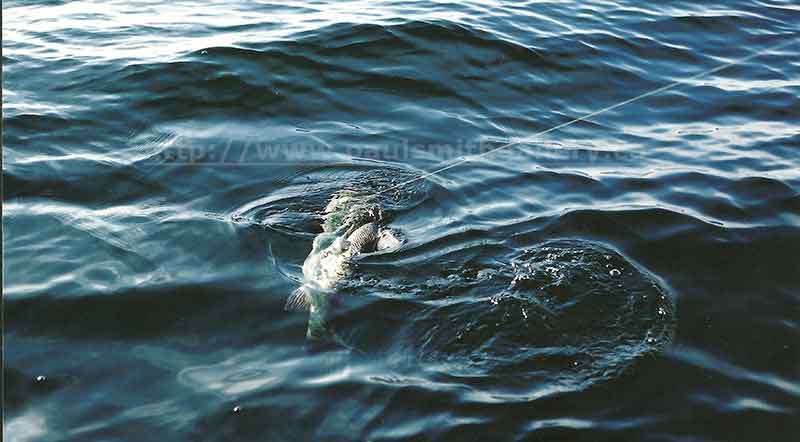
Science has discovered that when salmon spawn in the watersheds of North America the benefits to the ecology are tremendous. Wild animals depend on them for their winter diet and by dragging the carcasses into the forests nitrogen is absorbed into the flora and fauna.
Evidence of this nitrogen has been found in coniferous trees as far as 1 kilometer inland of any waterway and 25% of the nitrogen found in the leaves of grape plants in California is from decomposed carcasses of Pacific salmon.
Even the tiny salmon fry and smolts that migrate each spring from the rivers and streams is fodder for the thousands of birds and other species of mammals that inhabit the watersheds.
Once they arrive at their destination in the oceans to start their migration up towards Alaska, they run into a gauntlet of other predators who feed on them voraciously. Their life is wrought with hardship and peril at every turn.
The Five Species of Salmon
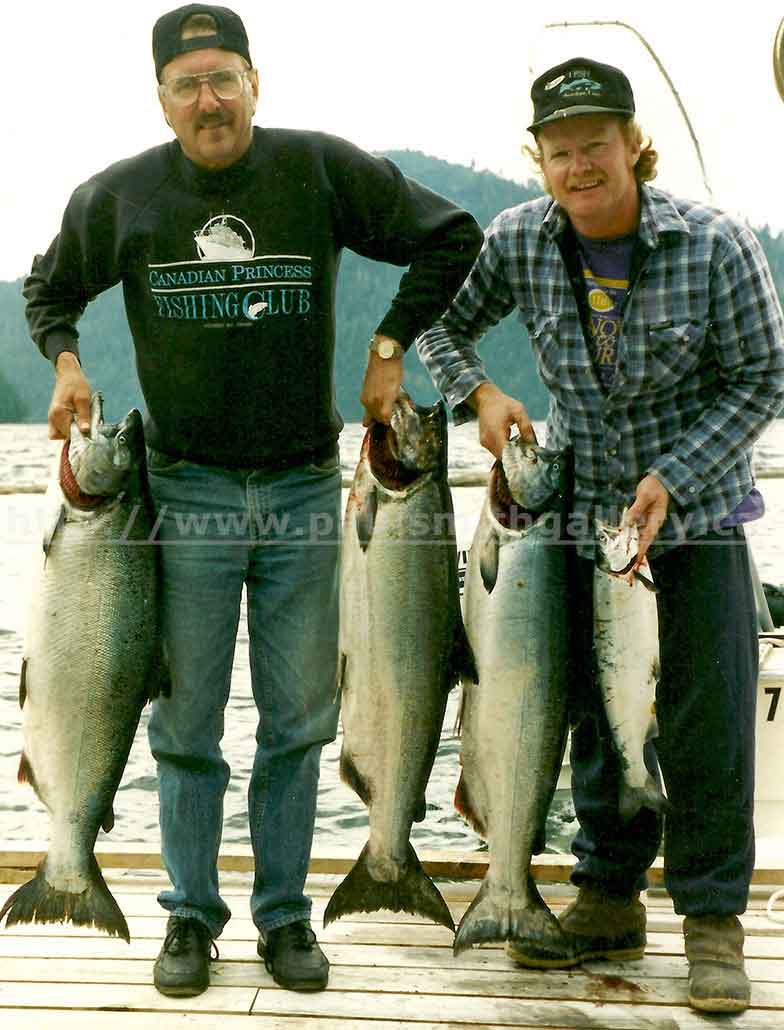
Actually there are 8 species of salmon but only five are targeted by saltwater anglers in Nootka Sound. The salmon below are those that fishers seek in their quest for fishing adventure of a lifetime. There is also a brief explanation of the other three species of salmonids in the Pacific Ocean.
Chinook Salmon (Oncorhynchus tshawytscha) are the largest of the species and are also known as “King” salmon. They have a life cycle of 2-7 years depending on the stock and ocean survival. The Columbia River, Fraser River, Haida Gwaii, Prince Rupert (Skeena River) and River’s Inlet for example are known for their 7 year old Chinook weighing over 60 lbs.
Other than their size, Chinook salmon can also be distinguished by their black gums (teeth) and the small spots prevalent on both their back and tails. They have a blue green back that will will turn blacker when close to their natal stream.
Some common names for Chinook salmon are: blackmouth, king, spring and tyee for Chinook weighing over 30lbs. During the winter months some Chinook salmon can be caught near the coastlines of North America and these are called “winter springs”.
Chum Salmon (Oncorhynchus keta) are also known as “dog salmon” because of the way their teeth grow during the spawning season. This species is under rated in the sport fishery and is a very hard fighting fish when hooked before turning the vivid purples of its spawning colors.
Chum are not as tasty as the other salmon species however they are a valuable asset to the commercial fishery every season. They can be recognized easier once they get close to their natal streams by the vertical black, pink and purple lines down their sides. When they are fresh and still very silver their backs will be a metallic blue larger gill rakers than the other species of salmon.
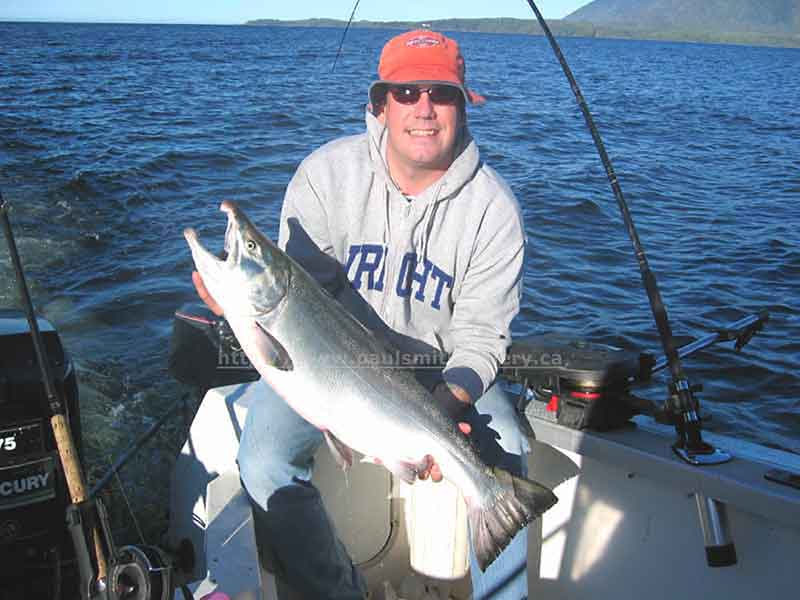
Coho Salmon (Oncorhynchus kisutch) are the second most popular sports fish for anglers who come to Nootka Sound to fish. Pound for pound they are a great fighting fish with acrobatics unparalleled compared to other species of salmon.
Their flavour is favoured second only to their cousin the Sockeye salmon and they are known for their ability to remain bright silver almost to the initial point of spawning in the rivers and streams. Hence the nickname “Silvers” and the popular freshwater fishery for them in the fall.
Coho can be distinguished by their white gums and black tongue along with a wider based tail with spots usually only on the upper portion. In their younger stages of life they also have a metallic blue back and are called “blue backs” because of it.
In Nootka Sound their sizes can average around 12-18 lbs but regular catches of “Northerns” can be over 20 and even close to 30 lbs. The nickname northerns came from their cousins in the far northern reaches of British Columbia and Alaska where the average size for them is over 20 lbs.
Pink Salmon (Oncorhynchus keta) also know as “Humpies” because of their pronounced humped backs when in their spawning stage are the most abundant salmon species in British Columbia. Although their numbers have diminished greatly over the decades of over fishing they still come back in large numbers on the odd numbered years.
They average between 2-4 lbs but anglers report catching them up to 12 lbs in some instances. They are a voracious feeder and very often take flies or “bucktails” presented on the surface of the water. For this reason pink salmon are a popular salmon species fished in close to the shorelines of the coast especially along kelp beds using fly fishing gear.
They are recognized by their large oval spots on the tails and along the back. In the fall when getting close to their natal watershed they will turn a dark green and develop a large hump back that is a beautiful pink in color.
Sockeye Salmon (Oncorhynchus nerka) are the most sought after fish for the dinner table due to their exquisite flavour to the pallet. Sockeye are the most prevalent salmon photographed because of their bright red bodies and green heads when in their spawning stage.
They range in size from 4-8 lbs and have a longer streamlined body than their cousins. One feature that is not present in the other species of salmon that is in a sockeye is their prominent glassy eyes. They have small teeth and no spots on the tail.
Two other salmon species that should be discussed due to the disagreeing members of science are the Sea Run Cutthroat Trout and Steelhead Trout. Because these two species also spawn in freshwater and head out to sea to grow they have been classed with the other salmonids.
There is debate however as to whether they are actually trout or salmon among the science community but the scientists in British Columbia believe them to be salmonids and present an excellent case of evidence proving so.
Another salmon species that lives in the Asian portion of the Pacific Ocean is called Cherry Salmon (Oncorhynchus masu). They are also known as sima or sema, Japanese salmon, Masu salmon, or seema salmon. We don’t see them on our side of the world but thought I’d identify them anyways for information sake.
To Sum it Up
Saltwater fishing in Nootka Sound is based around the abundant salmon fishery as it is in other parts of the British Columbia coast. Here in the Nootka Sound area we take great pride in the management of our fishery through partnerships with First Nations, Governments and all other User Groups. There is a local watershed society comprised of all the above mentioned bodies to regularly discuss and debate fishery and watershed issues.
The local hatcheries benefit from this diversified group of interested stakeholders and thereby are able to keep the salmon stocks in their abundant escapement numbers. This in turn supports the local commercial, First Nation and recreational fisheries that exist today.
This would all be for naught however without the mighty salmon who have been able to withstand the past over fishing practices and poor watershed management techniques that have since gotten a great deal better. We must never stop learning how to keep this magnificent creature and gift to all of us around for another million years through proper education and management of both retention and habitat.
